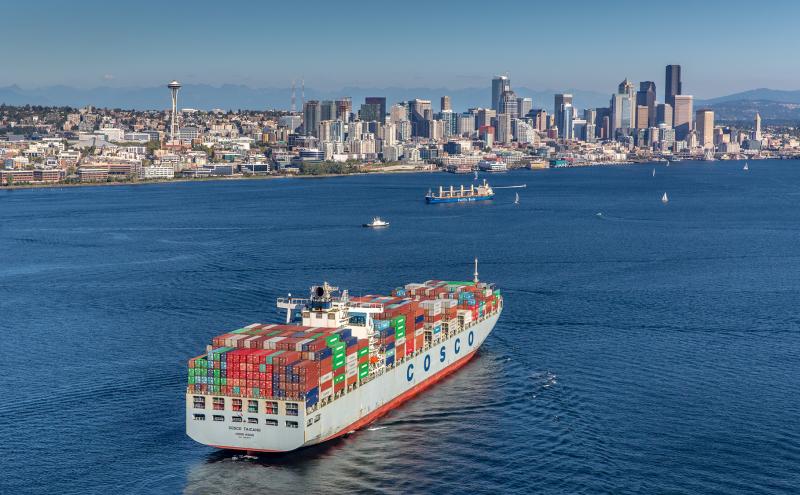
In 2021, the Ports of Seattle, Tacoma, Northwest Seaport Alliance in Washington state and Vancouver Fraser Port Authority in British Columbia, Canada completed a renewal of the Northwest Ports Clean Air Strategy (NWPCAS). The NWPCAS is a long-standing partnership among the four port authorities to reduce air and greenhouse gas emissions, spur development and deployment of clean fuels and technologies, and continue to advance job creation and commerce that supports our region and its connections to the rest of the world. The 2020 NWPCAS sets a bold, new vision to phase out emissions from seaport-related activities by 2050, supporting cleaner air for our local communities and fulfilling our shared responsibility to help limit global temperature rise to 1.5°C. Find frequently asked questions of the U.S. Ports (Port of Seattle, Port of Tacoma, and Northwest Seaport Alliance) below to learn more about the NWPCAS.



